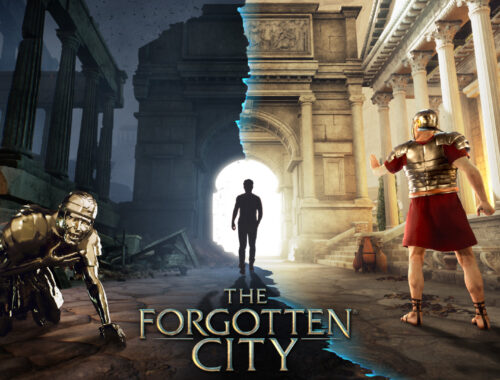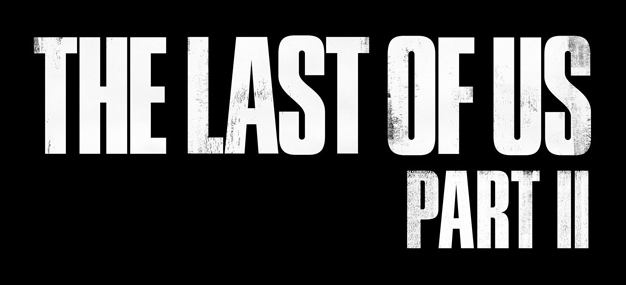The Tarnishing of Juxtia Review
Fast Facts
The Tarnishing of Juxtia
Developer: Actual Nerds
Publisher: Mastiff, Neverland Entertainment
Website: https://mastiff-games.com/the-tarnishing-of-juxtia/
Genre(s): Action, Indie, Role Playing Game
Platform: Steam
Age Rating: N/A
Release Date: 26.07.2022
Price: £18.22
A code was provided for review purposes
Born Into a Plague
The Tarnishing of Juxtia is a primarily linear souls-like action-adventure game with an emphasis on exploration and choosing upgrades and item combinations. Did the combination of these two concepts make the game any fun? Find out in this Rapid Review.
As I began The Tarnishing of Juxtia, I was introduced to a world in turmoil in which almost nobody can survive a dangerous infection spreading throughout the land. So, I was tasked with defeating the corrupted and taking out the Shadow God, Drelium. The premise was believable considering the setting and I enjoyed it. Plus, it never overstayed its welcome. I liked seeing the bits of lore when I could, and further admired how these segments never slowed down the pacing. Though I liked the content of the story, I would not recommend the game for it. The characters and plotline are largely forgettable and none of the developments shocked me. Still, I was not playing this game for the story, so I did not mind its simplicity.
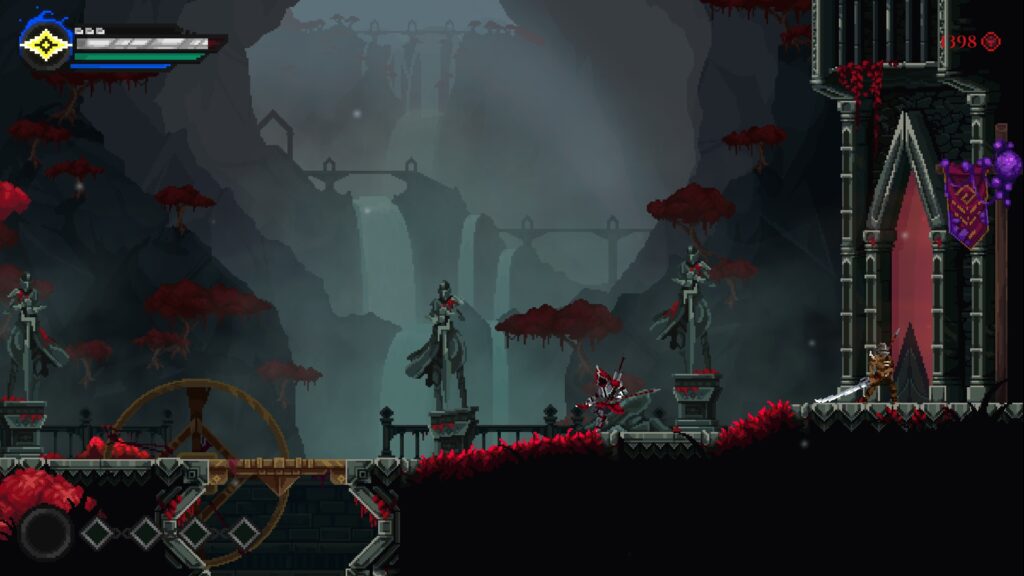
While I did not care much for the story, I genuinely enjoyed moving around with my character. This was quite surprising, as my movement was very slow. However, once I got used to navigating around enemies and traps, I found myself comfortable and confident in my mastery. Occasionally, I would be bothered by the lack of faster movement, especially when most of the enemies in an area were slain, but overall, I had a lot of fun with it. Plus, while I did find myself walking long distances through the map more often than I would have liked the map wrapped in on itself, making it easy to navigate and there were fast travel options to speed up the process.
Charting a Map
Speaking of progression, I had a lot of fun making my way through a plethora of distinct areas. Each location had distinct enemies, new equipment, and new bosses to fight. In the beginning, these areas were clearly distinct from each other both mechanically and visually. Some areas had levels with spikes, others featured turrets, and in another, I even had to move through toxic gas. I liked how diverse these locations felt, and it helped keep me excited to continue through The Tarnishing of Juxtia. Unfortunately, as time went on, these areas started to blend mechanically. The last few areas I went through did not have any of the memorable stage hazards that the first couple had. Instead, they more heavily relied on their enemies to differentiate themselves. Unfortunately, that did not work as well.
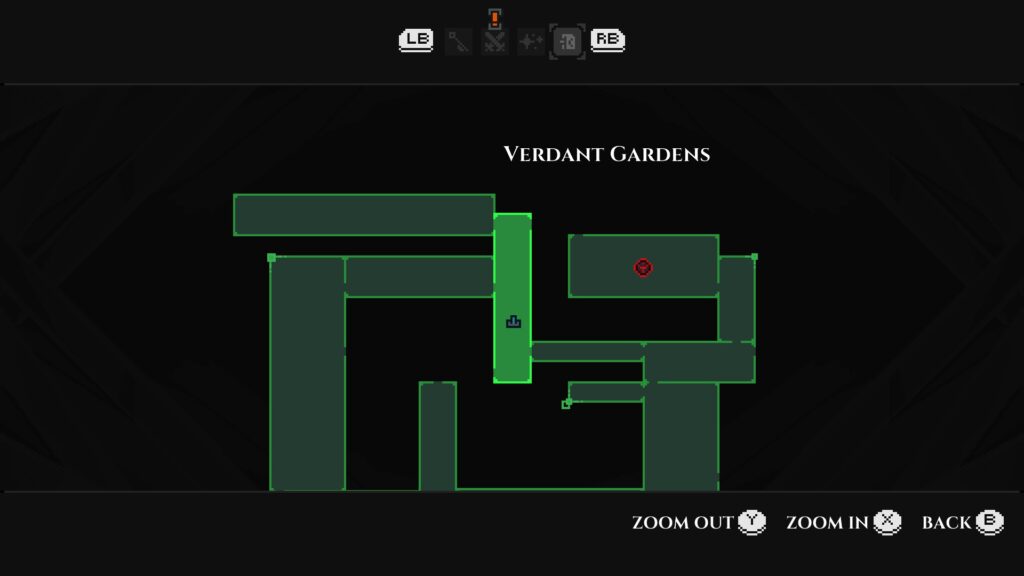
One of the primary reasons that The Tarnishing of Juxtia started to stagnate after the first half was because I felt immensely overpowered. After taking out a certain number of enemies, I could upgrade my main character. This was great, and it helped me differentiate my build from another player’s. I further liked this strategy because had I struggled with a particular section too much, I could have massacred enemies to upgrade my statistics before trying again. It was a simple concept, but the idea is good. However, the implementation was not as great. I invested most of these points into health and damage, ignoring special abilities, cooldowns, and dexterity almost entirely. This meant that one, I was not capitalizing on the special abilities and two, that my health and damage increased so drastically that none of the enemies or boss fights were challenging whatsoever.
Too Easy
It got to the point where I would not even need to worry about the enemy attacks, which meant that the things that made these locations special practically did not matter. This was especially disappointing because the boss fights were a lot of fun in the beginning. I enjoyed fighting through sections not knowing where I would make it out alive. Before I could breeze through them, I found the boss designs rewarding and exciting. I think one of the primary reasons they work is because of how I healed. Like many other titles, I could bring portable ways to heal myself during a battle. In this game, healing took time, and if I was disturbed while I tried to heal, the healing item would be consumed, and I would not get any of the effects. It forced me to be conscious of when I healed.
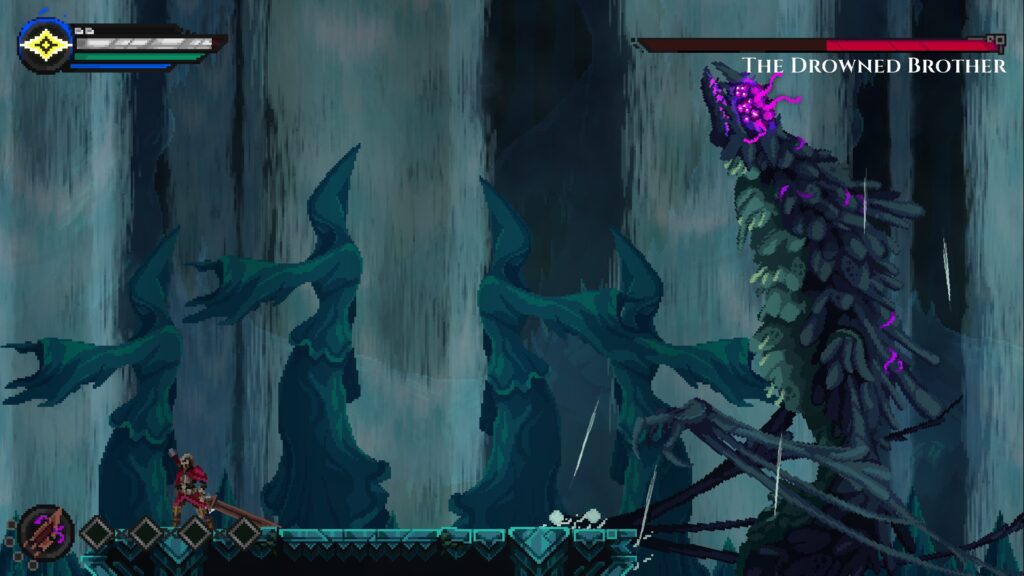
In addition to the healing items, I leveraged different weapons, trinkets, and magic to take out my opponents. I enjoyed experimenting with the different weapons, but once I began using one for a while, I stopped experimenting, as the game was easy enough with them. The same thing went for the new trinkets and magic abilities. I never felt the need to experiment with them because I was consistently doing well. It was a shame too because I would have enjoyed an additional level of strategy in my decision-making.
Nowhere to Go
At the same time, finding these items and abilities was not as fun. The map did not detail where items were, so sometimes it seemed impossible to hunt down the final piece of an armour set or to find certain items. This meant that if I was looking for a missed item, I would need to trudge through the entire map. Again, this did not seriously impact my game, but I did find it frustrating. This was also reinforced by the lack of backtracking required. I usually did not know where I missed an item, and since I would not come across it spontaneously while reentering the area if I missed something, it usually stayed missed. I wish the map had been more detailed.
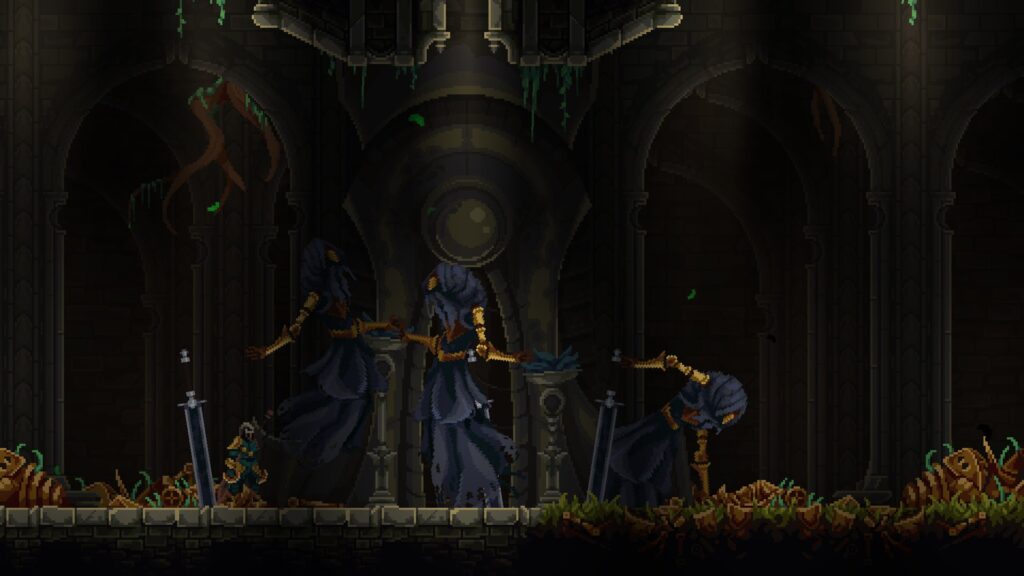
While many of the sections are negative, I did genuinely enjoy myself. I was impressed by the bosses, and I liked fighting through the enemies and other creatures. Though I found the game very easy, there are a lot of visual effects that rewarded me for slaying an enemy or taking out a boss. I had fun, and I enjoyed dominating my opponents.
I also thoroughly enjoyed the visual design. The enemies all were excellent at both telegraphing their attacks and looking unique. In fact, I found that some enemies telegraphed their attacks for so long, that I tried to evade them too early. The backgrounds were also standout. I enjoyed exploring each location and had a great time seeing the set design in each new area. The Tarnishing of Juxtia’s visual style kept me engaged in the game.
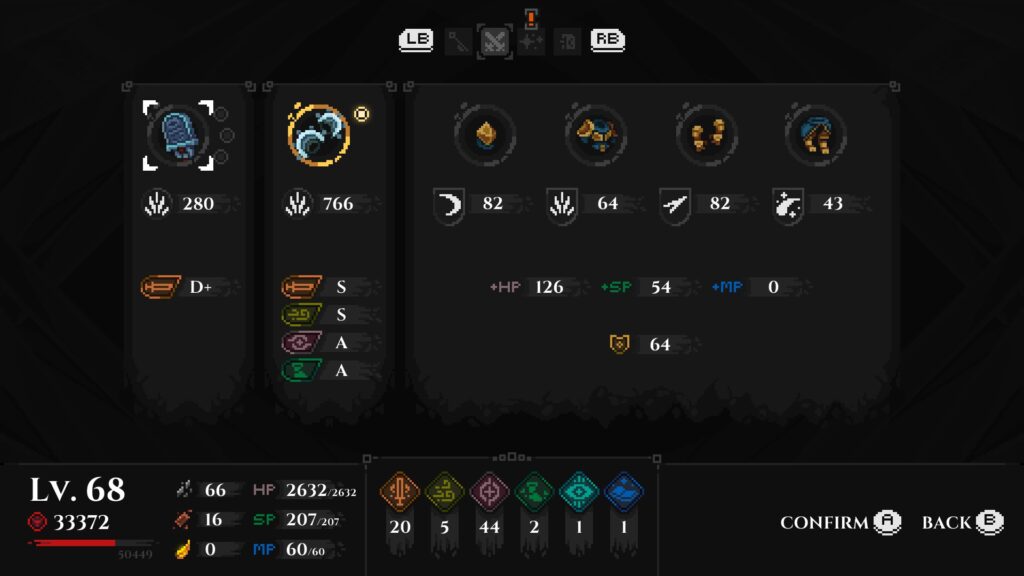
Final Thoughts
I also thought the music and sound design are excellent. The atmosphere in each section was solidified by the powerful music, and each attack I landed seemed even more powerful because I heard my enemies receive the damage. Even when the bosses were getting introduced, they would unleash a screech that would frighten and excite me simultaneously, until I began defeating them so easily.
Overall, The Tarnishing of Juxtia is a fun game. However, having been marketed as challenging and combat-focused, I left the title feeling a bit disappointed. Especially considering the price point, I would have wanted something to push me to my limit and keep me on the edge of my seat for the whole playthrough. Instead, while The Tarnishing of Juxtia is a fun experience, apart from the atmosphere, which I truly enjoyed, there are few aspects that push this game above the other available offerings.
Rapid Reviews Rating

3.5 out of 5
3.5

You can find and read our reviews on OpenCritic.




